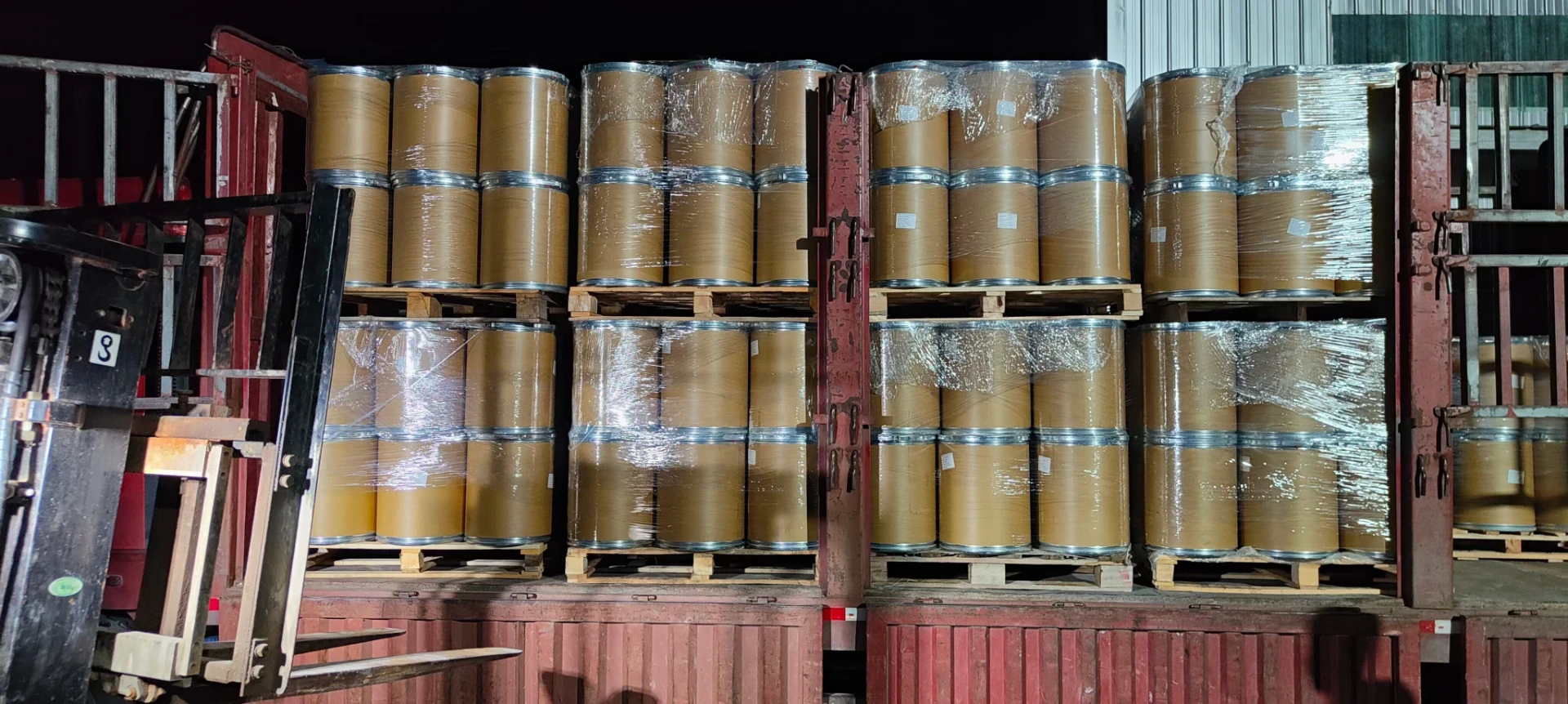

Control and knowledge of the cooling tower’s pH levels are just as crucial. The addition of acids such as sulfuric or hydrochloric acid helps manage alkalinity, preventing scale formation and optimizing the activity of biocides. pH control ensures that all treatment chemicals maintain their intended performance characteristics. Skilled technicians rely on continual water testing and automated dosing systems to maintain pH within a tight range, demonstrating their expertise in dynamic system management. Effective chemical treatment programs integrate these various products into a coherent strategy that considers environmental and regulatory constraints. Understanding the interaction between chemicals, their cumulative impact on system metallurgy, and the subsequent environmental discharge are crucial. The development and adaptation of these programs are done with a clear awareness of local and international water treatment regulations, ensuring compliance and environmental stewardship. Finally, maintaining trustworthiness in chemical water treatment involves transparency in reporting, rigorous adherence to safety protocols, and the continual education of all personnel involved in water treatment. Routine training updates ensure that operators are well-versed in the latest treatment technologies and methodologies, fostering a culture of safety and accountability. Advancements in treatment monitoring technologies, such as IoT devices and data analytics, enhance these processes by providing real-time data and predictive insights, which foster preemptive adjustments to treatment approaches. This modern approach demonstrates the pinnacle of trustworthiness, marrying technology with chemical expertise for optimal service delivery. In conclusion, water treatment in cooling towers represents a sophisticated interplay between chemistry, engineering, and environmental science. With the right application of chemicals, system durability is enhanced, efficiency is increased, and environmental responsibility is met. Experience and expertise drive successful treatment strategies, building on proven scientific principles and technological innovations. This holistic approach ensures that each system operates not only efficiently but also sustainably in a world increasingly focused on environmental impact and resource conservation.
Next:

